Collaborations and research
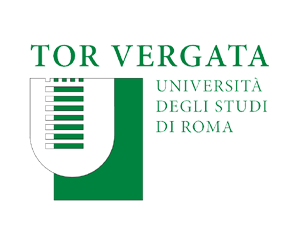
|
The collaboration with the Enterprise Department “Mario Lucertini” of the University of Rome “Tor Vergata” began in 2010 together with Piaggio Aerospace and continues today with research activities mainly related to aeroelasticity applied to aerospace field. |

|
RBF Morph is the first mesh morphing tool available on the market that fulfils the most demanding industrial design requirements with the state of the art in scientific research. RBF Morph is one of the key points in the development of numerical optimization environments based on CAE tools. |
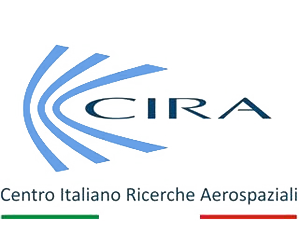
|
The Italian Aerospace Research Centre (CIRA) is a company mainly of public ownership founded by the Italian State with the aim of promoting research and technological development in the fields of space and aeronautics. CIRA has the biggest research facilities in the field of aerospace in Italy, with testing facilities that are unique in the world. The relations with CIRA dates back to 2001, when the partnership with Piaggio Aerospace leaded to the successfully development of the UW-5006 NLF (Natural Lamina Flow) transonic wing within the VITAS project, and continues today on with collaborations on several topics including ice accretion. |
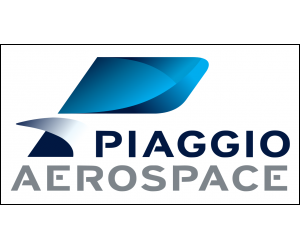
|
A long path facing aerodynamic design problems, methodologies development, management and technical activities in several European and national research projects has consolidated the collaboration with Piaggio Aerospace. Piaggio is partner in the European research project RBF4AERO (FP7) in which Design Methods collaborates through the University of Rome Tor Vergata. |
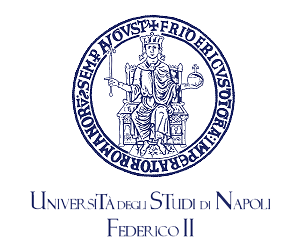
|
The Department of Aerospace Engineering of the University of Naples “Federico II” is one of the main references for the research and dissemination of aerospace disciplines. Its tradition dates back to 1926, when the Laboratory of Aeronautical Structures was established by Gen. Prof. Umberto Nobile, famous designer, pilot of airships and polar explorer. The relations with the ADAG (Aircraft Design & AeroFlightDynamics Group) are consolidated by a long collaboration in several national and European research projects. The department has the use of a subsonic wind tunnel and, thanks to the collaboration with DIN (Department of Naval Engineering), a 136 mt towing tank. |

|
RINA Consulting is the operational arm of RINA, developing and offering engineering services such as Consulting Engineering, Design, Project Management & Control, Special Studies and Operability Assurance. The collaboration with RINA Consulting began within the EU RBF4AERO project (RINA Consulting was the coordinator of the project) and continues, in conjunction with the University of Rome “Tor Vergata” on topic ranging from shape optimization to Fluid-Structure Interaction (FSI) analyses. |
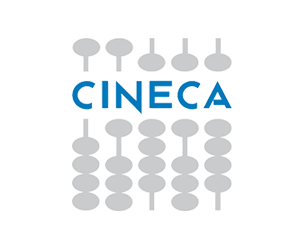
|
Cineca is the largest Italian computing centre. It operates in the technological transfer sector through high performance scientific computing, the management and development of networks and web based services, and the development of complex information systems for treating large amounts of data. Cineca and Design Methods collaborated within two EU funded research projects: FORTISSIMO and SHAPE. |

|
Pipistrel is a light aircraft manufacturer located in Slovenia. It has been established in 1989, as the first private aircraft producer in former Yugoslavia. By June 2016, had produced more than 1500 aircraft. Pipistrel is partner in the EU RBF4AERO project. Within the project, Design Methods joined the activity related to the aerodynamic performance improvement of the Taurus glider. |

|
The collaboration with Johnson Electric began in 2011. It concerns a wide program of design methods development for turbomachinery based on numerical optimization procedures coupling proprietary parametric codes, for geometric generation, CAE analysis tools and codes of noise prediction. The optimization environment is managed by a combination of routines written in Fortran and in Scilab. |
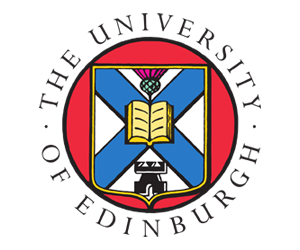
|
The collaboration with the school of engineering of the University of Edinburgh concerns topics related to sailing boat VPP (Velocity Prediction Program) and wing sail shape optimization procedures applied to an AC72 catamaran (America’s Cup). |
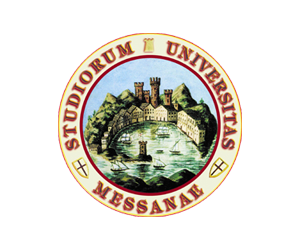
|
The collaboration between Design Methods and the Engineering Department of the University of Messina mainly concerns research activities on methods of parametric geometric representation based on CAD systems. In particular, a methodology to parameterize the geometry of a sail plan of a catamaran, based on Open Source tools and suitable for a numerical optimization procedure, was developed. |
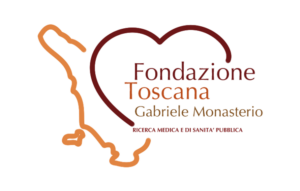
|
BioCardioLab is a research laboratory of the Bioengineering Division of the G. Monasterio Foundation. The collaboration with BioCardioLab concerns the development of numerical models for the simulation of cardiovascular hemodynamics systems and biomedical devices. |



